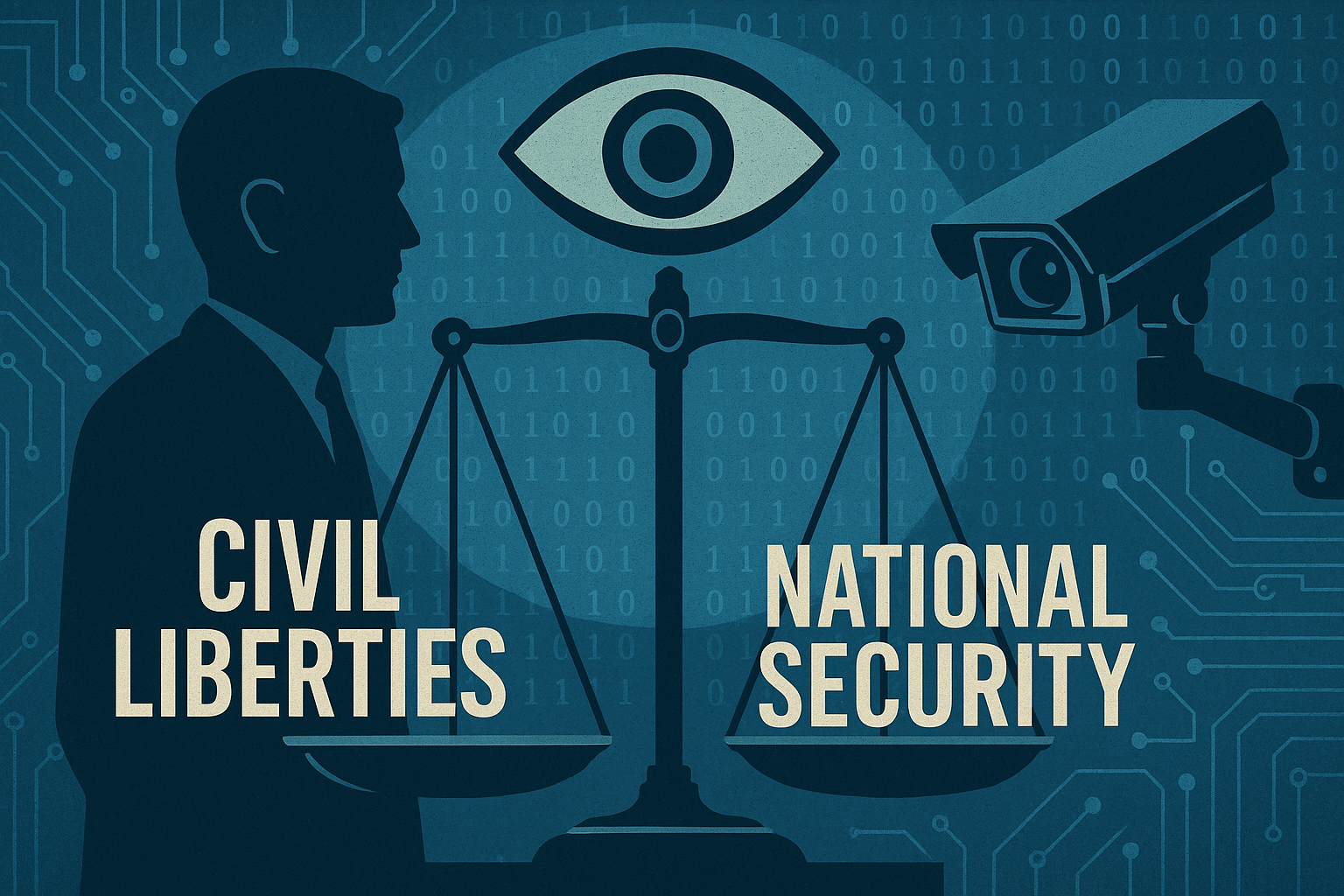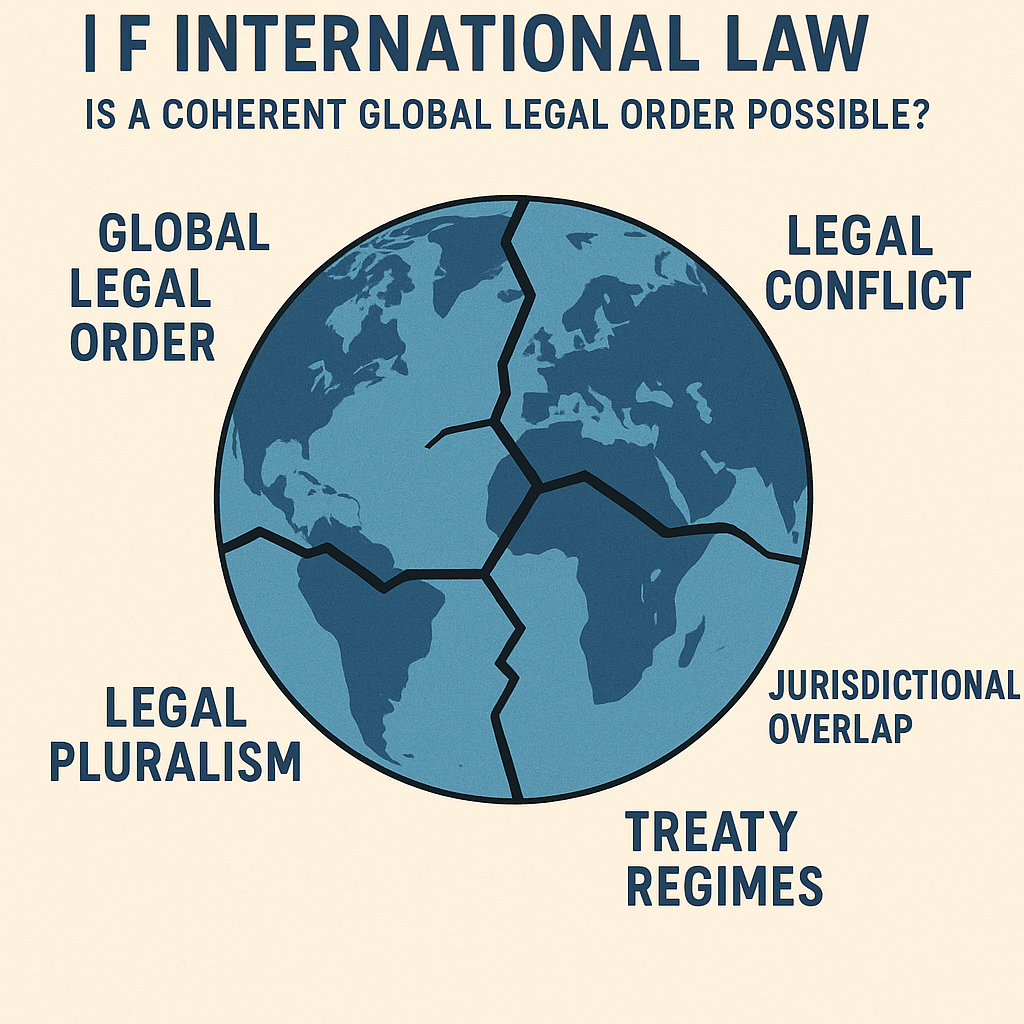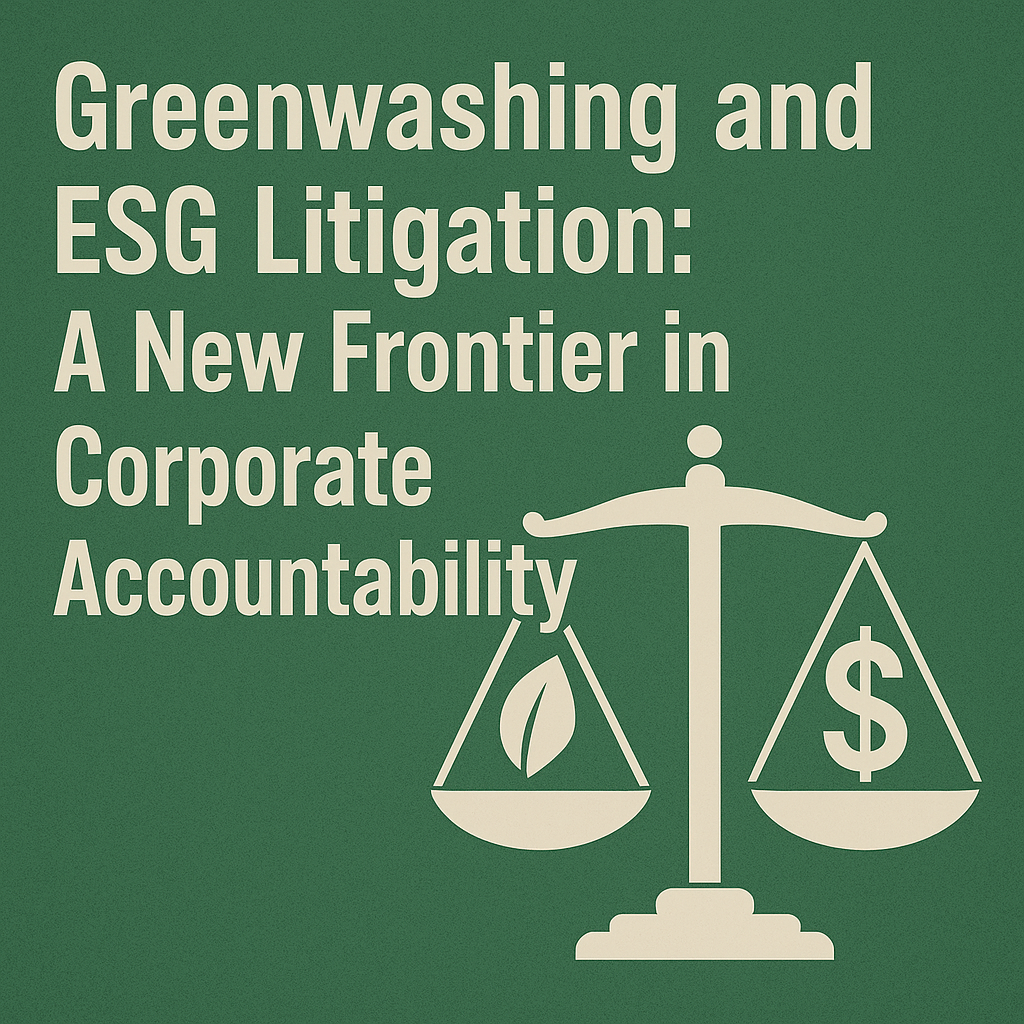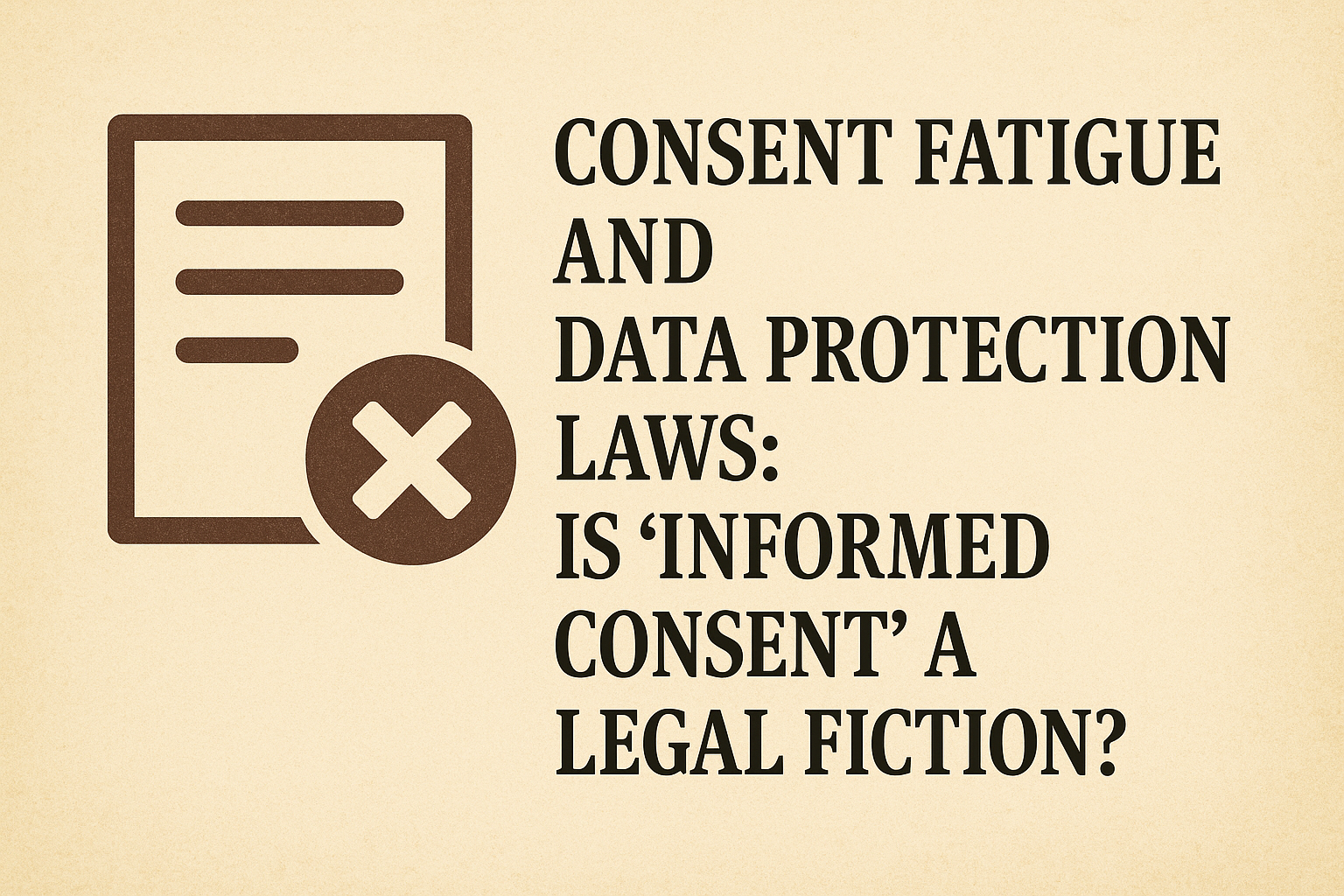In recent decades, the United States has earned the unfortunate distinction of having the highest incarceration rate in the world. With approximately two million people currently behind bars, the issue of mass incarceration has sparked widespread concern and debate. Criminal justice reform, once a fringe topic, is now front and Center in national discourse. At the heart of this conversation is a growing recognition that the system, as it stands, is broken—inequitable, ineffective, and in urgent need of transformation.
The Rise of Mass Incarceration
Mass incarceration in the U.S. did not happen overnight. Its roots can be traced back to policy changes in the 1970s and 1980s, including the "War on Drugs," mandatory minimum sentencing laws, and "three strikes" rules. These policies led to explosive growth in the prison population, often for non-violent offenses, and disproportionately impacted communities of colour—especially Black and Latino individuals.
The numbers tell a troubling story. The U.S. accounts for about 5% of the global population but nearly 20% of the world's prison population. African Americans are incarcerated at more than five times the rate of white Americans, and Hispanic individuals are also overrepresented in the system. These disparities highlight a system rife with racial and socioeconomic inequalities.
The Human and Economic Cost
The consequences of mass incarceration extend far beyond prison walls. Families are torn apart, communities are destabilized, and formerly incarcerated individuals face lifelong barriers to employment, education, and housing. The ripple effects perpetuate cycles of poverty and crime, undermining public safety and social cohesion.
Economically, the cost is staggering. The U.S. spends over $80 billion annually on corrections, diverting funds from education, healthcare, and social services that could address the root causes of crime. The return on this investment is questionable at best, as high recidivism rates suggest that the current system does little to rehabilitate or deter.
The Movement for Reform
In response to these challenges, a diverse coalition of activists, policymakers, and everyday citizens is calling for comprehensive criminal justice reform. Key areas of focus include:
• Sentencing Reform: Reducing mandatory minimums and eliminating harsh sentencing for non-violent offenses.
• Decriminalization: Reconsidering the criminalization of drug use and mental illness, favouring treatment over punishment.
• Bail Reform: Ending the use of cash bail that disproportionately affects low-income defendants who cannot afford to pay.
• Police Accountability: Enhancing oversight and accountability mechanisms to address misconduct and build community trust.
• Re-entry Support: Expanding programs that help formerly incarcerated individuals reintegrate into society and avoid recidivism.
Some states have already implemented reforms with promising results. For example, New Jersey significantly reduced its prison population while seeing a decline in crime rates. Similarly, states like California and New York have passed laws to address sentencing disparities and improve parole systems.
A Path Forward
True criminal justice reform requires more than incremental policy changes—it demands a fundamental rethinking of how society approaches crime and punishment. It means shifting from a punitive model to one that prioritizes prevention, rehabilitation, and restorative justice. It also requires addressing the systemic racism that underpins much of the current system.
Education, job training, mental health services, and community investment must become central to public safety strategies. The goal should not be to fill prisons but to create conditions in which fewer people are pushed into the justice system to begin with.
Conclusion
Mass incarceration is one of the defining civil rights issues of our time. Reforming the criminal justice system is not only a moral imperative but also a practical necessity for building a more just, equitable, and safe society. The path forward is clear: we must invest in people, not prisons. And we must do so with urgency, compassion, and a commitment to lasting change.








